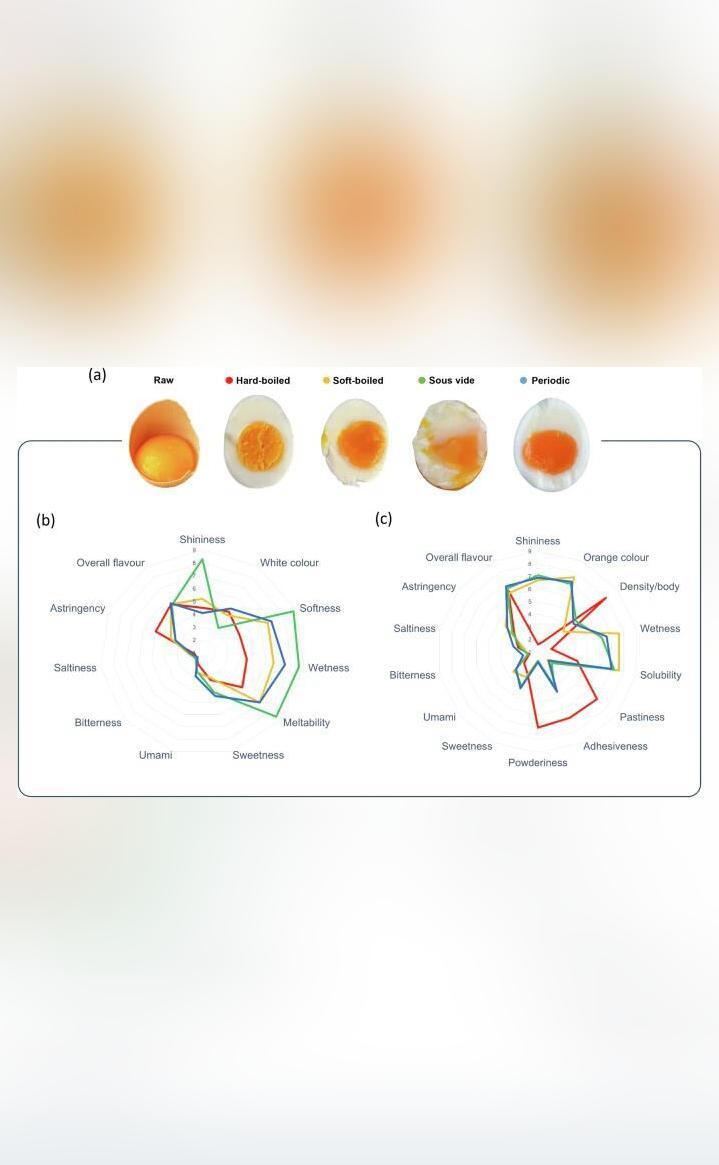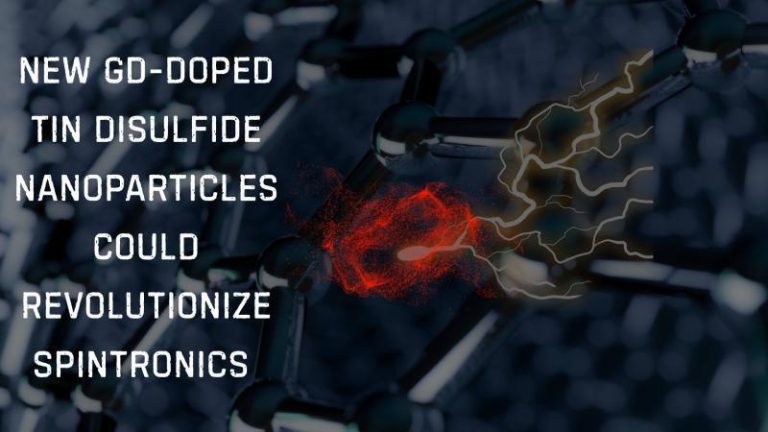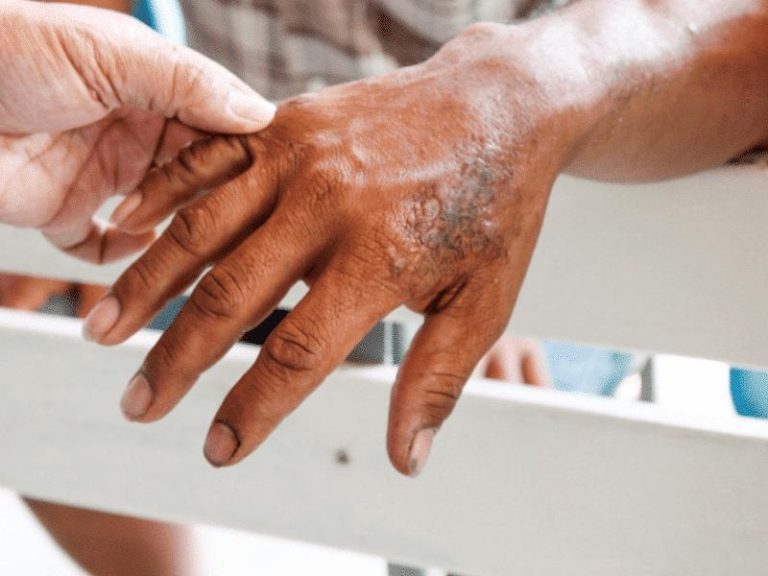
Title: Perfect Boiled Egg Takes 32 Minutes to Cook, Say Scientists
Are you tired of overcooked or undercooked eggs? Do you struggle to get that perfect, creamy yolk and firm white? Well, scientists at the Italian National Research Council have come up with a solution for you. They have developed a technique called periodic cooking, which takes a mere 32 minutes to produce the perfect boiled egg.
The method, which was published in the Journal of Food Engineering, involves alternating the egg between boiling water at 100 degrees Celsius and lukewarm water at 30 degrees Celsius. This process is repeated every two minutes for a total of 32 minutes. The result is a perfectly cooked egg, with a creamy yolk and a firm white.
The technique is based on the principles of heat transfer and how eggs cook. Eggs are made up of different components, including the yolk, white, and shell. The yolk is the most sensitive to heat and can easily become overcooked, while the white is more resistant to heat and can become overcooked if not monitored properly.
The periodic cooking method takes into account the different cooking times required for each component. The egg is first placed in boiling water for two minutes, which allows the yolk to cook slightly. Then, it is removed from the boiling water and placed in lukewarm water for two minutes, which allows the yolk to cool down and the white to cook slightly. This process is repeated for a total of 32 minutes, resulting in a perfectly cooked egg.
The benefits of this technique are numerous. Firstly, it eliminates the risk of overcooking the yolk, which can result in a rubbery or greenish color. Secondly, it ensures that the white is cooked evenly and is not overcooked. Finally, it produces a perfectly cooked egg with a creamy yolk and a firm white.
So, the next time you’re cooking eggs, try the periodic cooking method. It may take a few extra minutes, but the result will be well worth it. And if you’re wondering why this method works, just remember that science is on your side.
News Source:






